Update about Chadar trek:
As per our company’s vision, Live Green, Trek Green, we are committed to sustainable Eco-friendly treks. We noticed that for last couple of years there are too many of the companies operating on that trail and taking thousands of trekkers! This has caused a havoc and route is getting destroyed very fast. The route , i.e. frozen Zanskar river is a traditional route for the local people to connect with the other part of Ladakh during winter, when the roads are cut off. This was limited till 2010 as there were hardly few groups trekking in winter. As a matter of fact, every year, whooping thousands of tourists visit Chadar in a span of just over a month. We realised and stopped arranging Chadar trek from 2016. We know that this will not help to protect this fragile ecosystem, but we are doing our bit.


About Chadar Trek:
Chadar, the frozen Zanskar river trek is unique in many aspects during cold and harsh winter. Be it geographically or geologically or culturally. Padum, the heartland of Zanskar remains cut off by road in winters. This is a traditional route which the people of Zanskar use to connect themselves to Leh and other regions of Ladakh. In the winter when the Zanskar River freezes, the ice sheet is referred to as as “Chadar” (Means “Cover” in Hindi). It takes at least a month after the onset of winter to form the Chadar. People just walk over the river while the children and luggage are carried by local made wooden ski sledges.
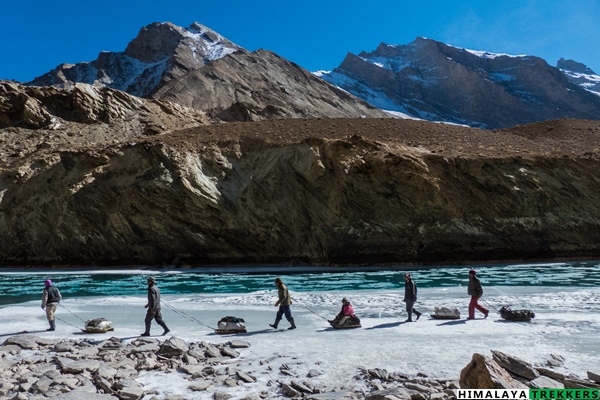
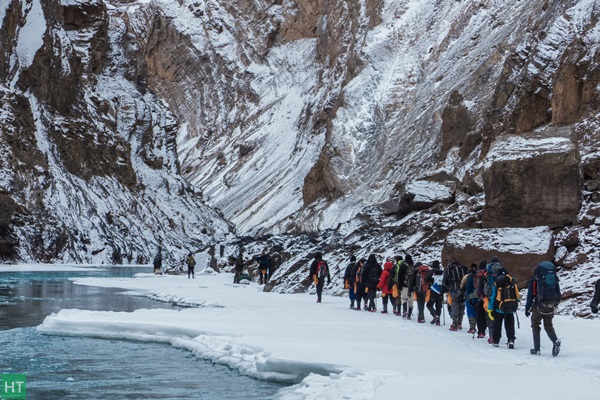
The river gorge is deep and most of the time it is barred from direct sunlight. At places the river bed is pretty wide and in places much narrower. The temperature remains below freezing throughout the day and can plummet to -20/25° C in the night. Vegetation is sparse in the trek route apart from few Juniper trees.
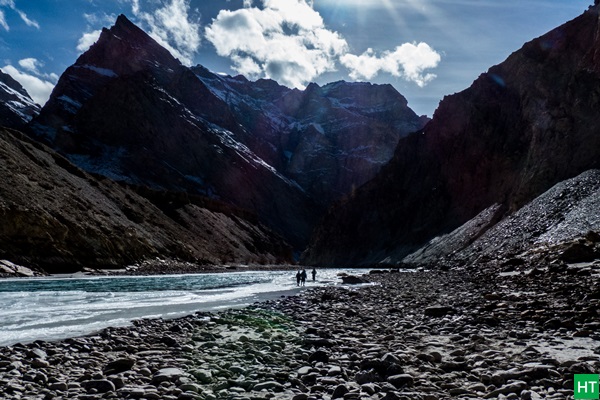
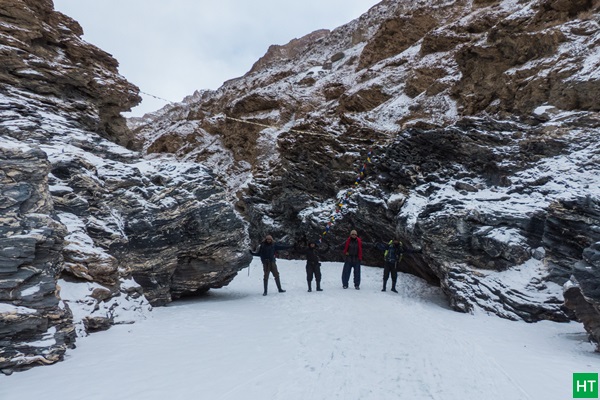
Due to wind and water erosion, the rock formation of the gorge is spectacular to see. Due to irregularities in weather pattern the ice sheet forms and breaks frequently. For this reason the trail frequently changes its course on both side of the river.

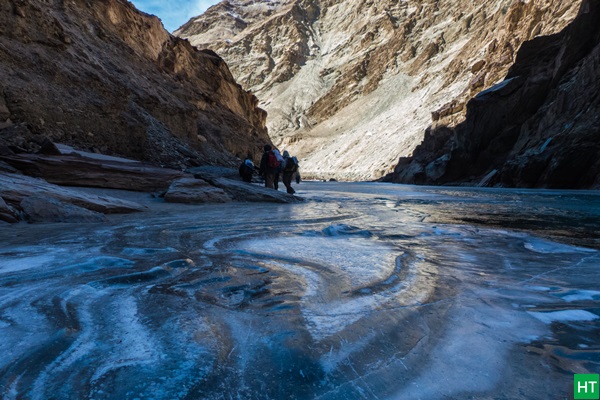
At furthest point of the trek is Nerak village. The main village is some 30 minutes of climb from the river gorge, though few homestay and small shops are nearby. The famous frozen waterfalls at Nerak is an added attraction of this unique trek.
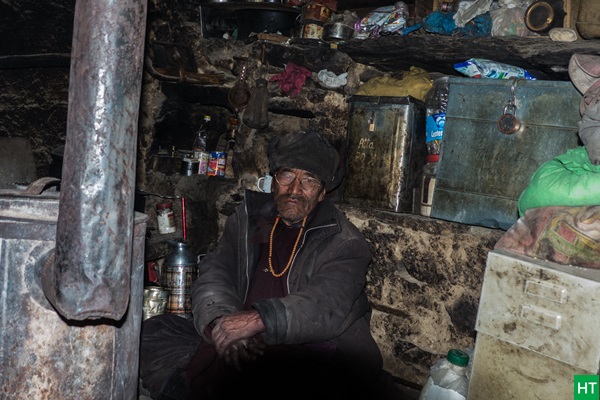
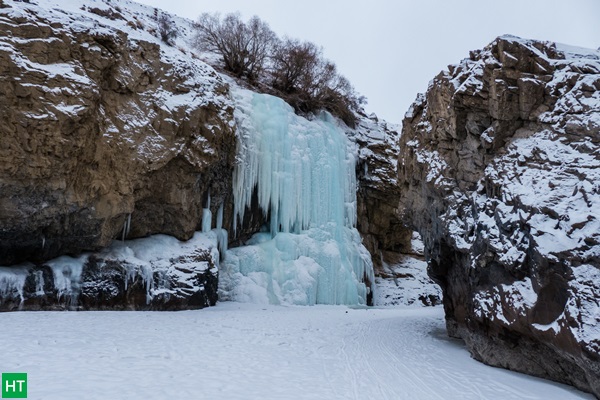
Suggested Itinerary:
Day 0: Arrive in Leh (For better acclimatisation) – Lodge accommodation.
Day 1: Around Leh – Walk to Leh palace, local market etc. – Lodge in Leh.
Day 2: Drive to Tilat Sumdo – 75 Km – 3/4 hours. Camp.
Day 3: Tilat Sumdo to Shingra Kongma – 10 Km – 5/6 hour. Camp.
Day 4: Shingra Kongma to Tibb – 12 Km – 6/7 hours. Camp.
Day 5: Tibb to Nerak- 12 Km – 6/7 hours. Camp/homestay accommodation.
Day 6: Nerak to Tibb – 12 Km – 5 hours. Camp.
Day 7: Tibb to Shingra Yongma – 15 Km – 5/6 hours. Camp.
Day 8: Shingra Yongma to Tilat Sumdo– 7 Km – 2/2and half hours – Drive to Leh – 75 Km – 3/4 hours. Lodge accommodation.
Day 9: Mandatory buffer day (Utilised in case we need to take a break during trek).
Day 10: Fly back home from Leh.
Acclimatisation & Buffer days for the trek:
- Leh is at ~3500 m/11500 ft altitude and remains very dry and cold during winter. It is the highest point of the trek along with Nerak at the end. We suggest that you spend at least 2 nights in Leh before the trek. This helps in better acclimatisation. So we strongly advice that you arrive at least a day earlier i.e. Day 0 instead of Day 1 (refer to the trip itinerary) of the actual trek schedule.
- We keep a buffer/additional day after the scheduled end date of the trek. You will use this day in trekking if required . During winter the Chadar may melt and then you have to wait to refreeze it again to continue. So it is possible that you may reach Leh on Day 9 instead of Day 8 (Refer to the trip itinerary) as scheduled. Plan your flight tickets accordingly.
Expected Temperature during Chadar trek:
Your entire stay during the trek will be mostly in sub zero/freezing temperatures.
- Leh: Day time temperatures will be around 0°/2° C and nights can be -8°/-10° C
- Tilat Sumdo is particularly a cold place where morning temperature around 8 am can be -10° C.
- During Night and early morning the temperatures can plummet to -15° C
- In recent years the temperature of Leh has increased in winter. It is NOT a common that you will get a minimum temperature of -25°/-30°C, though it is best to prepare for the worst!
Clothing:
You have to be careful and cautious while selecting the proper clothing, shoes and gears for the Chadar trek due to harsh and cold climatic conditions. You must be particularly careful about carrying warm and waterproof clothes.
You will need three layers of clothing in general.
- Base layer – A t-shirt of dry fit/quick dry type (preferably a full sleeve one). Additionally carry a thermal woolly cot material.
- Mid layer – A toasty warm jacket, either insulated (synthetic fill)/fleece or a down jacket.
- Outer layer – A windproof cum waterproof jacket on top whenever needed (hooded one is better).
- To protect your legs use an inner thermal wear and on top of it a wear a waterproof cum windproof trouser/trek pant.
- Gloves are a must. Use a double layer gloves, fleece or woollen inner layer and waterproof outer layer.
- To protect your head use a woollen balaclava/cap which can be covered with the hood of the jacket/windproof.
Don’t forget to check and download the general “list of things that you need to carry during Chadar trek“.
Trekking Shoes:
Use regular high ankle shoes with good rubber sole. Shoes with waterproof and breathable membrane (e.g. Gore Tex membrane helps). Additionally carry a “rubber” sole “Gum Boot” (high ankle plastic boot till below knee length) from the local Leh market. These are totally waterproof and give reasonable good grip on ice. The price of such a boot is around ₹ 500 in Leh. Be sure to break in the boot before starting the trek. Don’t forget to bring your regular trekking shoes!
Crampons are NOT a must but better to keep a pair with you. Either they will be strap on Crampons or Ice traction/Anti slip grips/micro spikes in nature. These can fit to a trekking shoe or a rubber sole plastic gum boot.
Trekking poles are highly recommended for this trek. We advice you to bring at least one good quality anti-shock adjustable length trekking pole, if not a pair.
Why treks with HT?
| Duration | 9D/8N |
|---|---|
| Grade | Moderate |
| Physicality | 7/10 |
| Highest Point | 3500 m/11500 ft |
| Trail Length | 70 Km |
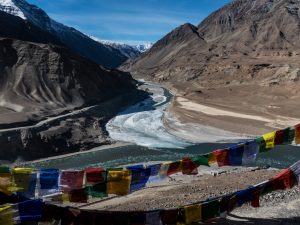
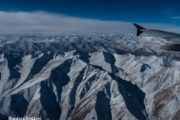
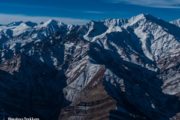
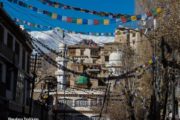


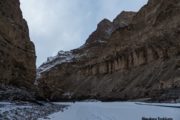
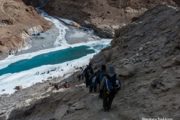
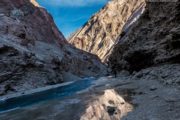
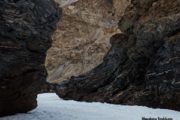
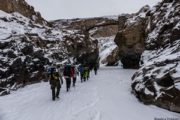
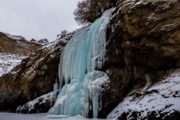
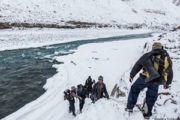
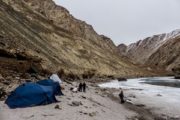

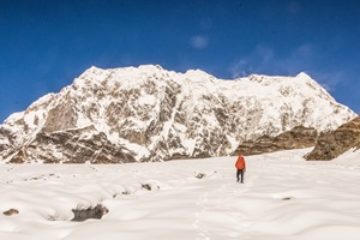
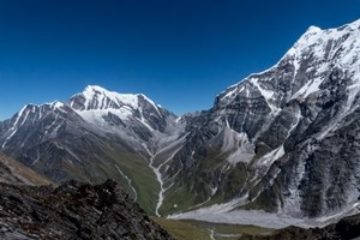
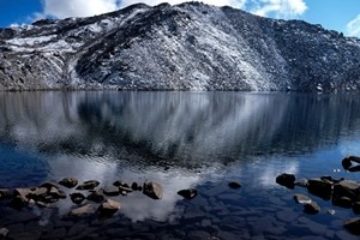
Tour Reviews
There are no reviews yet.
Leave a Review